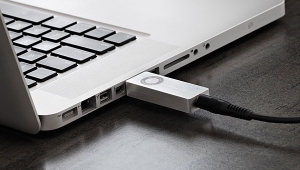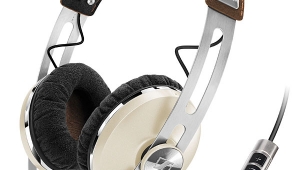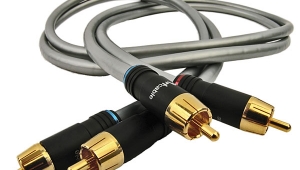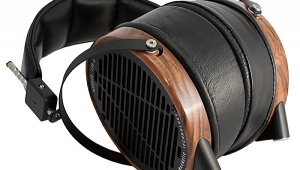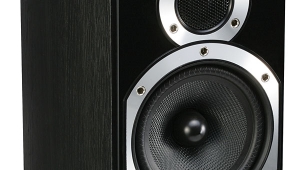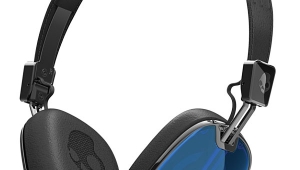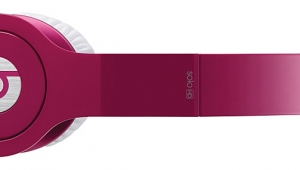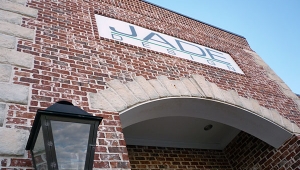| Columns Retired Columns & Blogs |
Stephen, you hit upon something important in this article. A dynamite $350 speaker that gets you close to musical bliss might be admired for its looks and possibly appreciated for its sound, but only a small percentage will listen and think "I have to get a speaker/stereo like that!" I have a big system in one room with Martin Logans and 250WPC of clean amplification, and another at my desk with the little Audioengines and an affordable tubed USB DAC. I've wowed plenty of friends and family with music played through one or both of these systems. How many have been interested enough to get a decent sound system, or even just drop $200 on good powered speakers? Just two. TWO. Plenty had the means to buy; they just didn't care enough. No, I didn't subject them audiophile crap that's really just sound effects with a pretense of music to provide cover for 12-year-old-boy nerd-dom in a 220 lb middle aged body. I played outstanding music that was immaculately recorded. (Now that I have just carpet-bombed much of this publication's readership, can I apply for a job here? I love opining about this stuff.)
We lovers of worthy music and fine audio are a rare breed, and I'm still taken aback by how few of the horses we love leading to water are thirsty. I shouldn't be surprised. Craft brews are only 6.5% of the US beer market, and that's only a $3.00 difference. Same thing. Nonetheless, lead we do.








